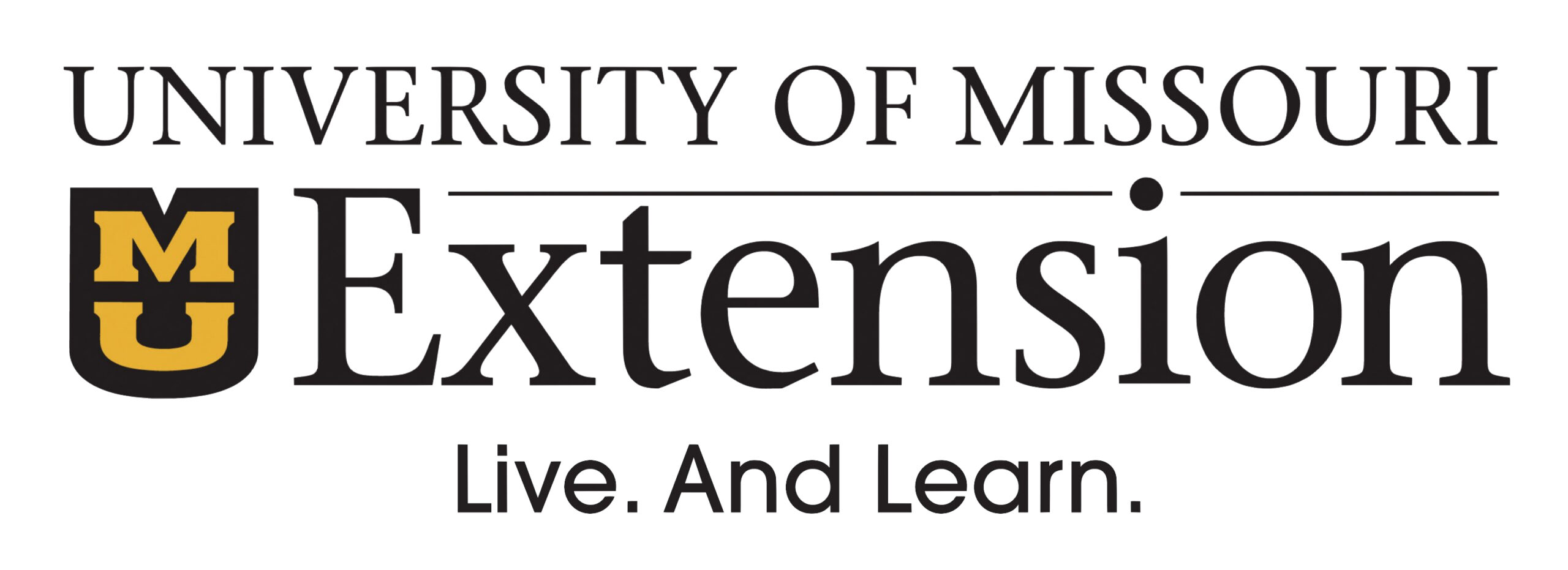Look at fescue seed labels for best results

COLUMBIA, Mo. — George Washington knew the value of a good seed: “Bad seed is a robbery of the worst kind,” the founding father wrote, “for your pocket-book not only suffers by it, but your preparations are lost and a season passes away unimproved.”
University of Missouri Extension livestock specialist Gene Schmitz agrees, especially when it comes to novel-endophyte fescue seed.
In a press release, Schmitz said, “Look at the label when buying fescue seed. The right fescue seed makes the difference in livestock performance and stand persistence. The wrong seed uproots profits.”
Schmitz was a speaker at 2023 Alliance for Grassland Renewal workshops across the Fescue Belt. Now in their 11th year, the multistate workshops promote conversion to novel-endophyte fescue that does not contain the toxins found in Kentucky 31, the nation’s most-used forage.
Sometimes, farmers go to the local feed store with good intentions to buy novel-endophyte fescue seed, he says. Unfortunately, they may haul away a load of endophyte-free seed. Know what you are buying before you invest. The names are somewhat similar, but they are worlds apart.
There are three types of tall fescue:
- Those containing toxin-producing endophytes that cause toxicosis;
- Endophyte-free fescue, which contains no toxins but does not persist; and
- Novel-endophyte fescue that has no toxins and provides a persistent stand.
Kentucky 31 or K-31 tall fescue contains a fungus that produces toxins that impair animal health. The endophyte fungus is invisible to the naked eye. Only laboratory testing can detect it. It results in a $1 billion loss annually to the cattle industry.
Symptoms of fescue toxicosis include narrowing of the blood vessels, fescue foot, poor thermoregulation and fat necrosis. Less visible effects include low feed intake resulting in poor weight gain, low birth and weaning weights of calves, low breeding rates, birthing problems and poor milk production.
Novel tall fescue seed, promoted by the Alliance for Grassland Renewal, prevents toxicosis. It produces plants infected with a harmless endophyte fungus that the plant needs to establish and keep a strong stand, but the fungus does not produce toxins. It is more expensive than other types, but it will reward herd owners with healthier livestock and long-lasting pastures, if managed correctly.
When buying tall fescue seed, look for the “Alliance-Approved” label, says Schmitz. Approved seed contains at least 70% viable endophyte and no more than 5% of off-type endophytes. Labels give “sell by” and “plant by” dates. This is to help ensure a viable, non-toxin-producing endophyte is present in the seed at planting.
Buy seed early to avoid disappointment, says Schmitz. Many dealers do not stock large quantities. Work with seed suppliers to make sure they will have novel fescue seed supplies at planting time.
There is a small window between harvest of novel-endophyte seed and its availability for sale. Harvest does not occur until July of the establishment year. After harvest, seed is sampled and submitted for testing under the quality-control standards of the Alliance for Grassland Renewal. It must be stored in a cool, dry place until planting in early autumn.
The Alliance for Grassland Renewal quality-assurance label will always be present on proven novel-endophyte fescue seed, Schmitz said.
Find more information in the article “Comparison of Commercially Available Novel-Endophyte Tall Fescue Forage Varieties” at www.grasslandrenewal.org/resources-and-links.
Miss Clipping Out Stories to Save for Later?
Click the Purchase Story button below to order a print of this story. We will print it for you on matte photo paper to keep forever.

